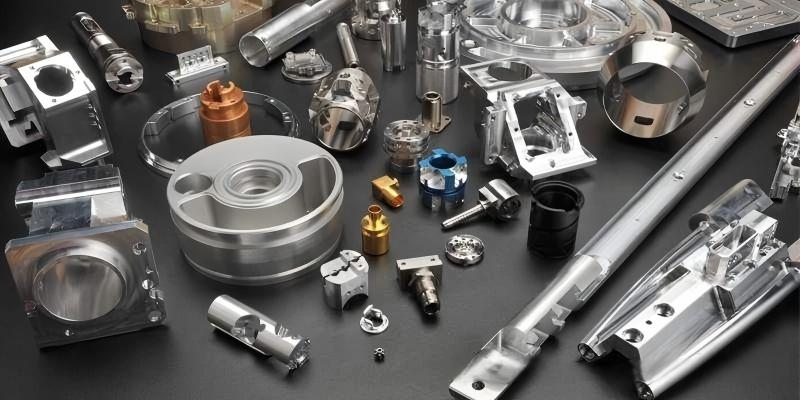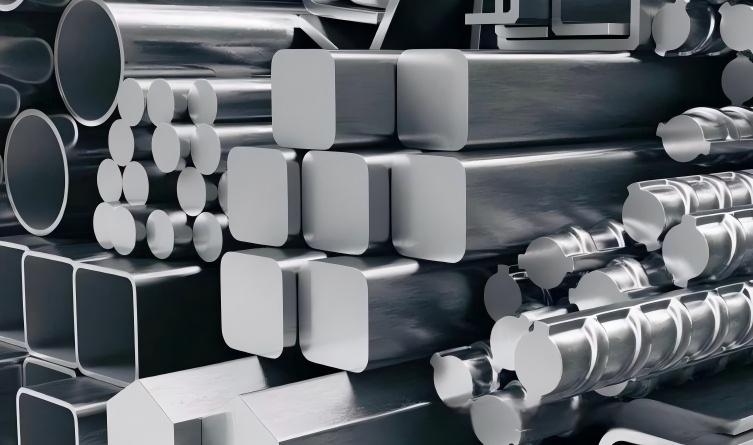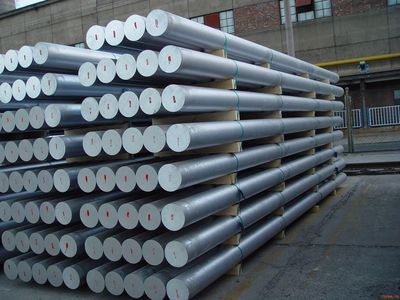Beautiful Plants For Your Interior
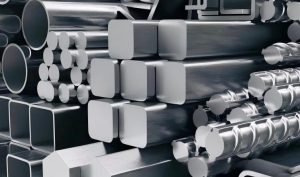
The grade and status code of aluminum alloy door and window profiles are their important identity markers, directly reflecting the basic chemical composition, mechanical properties and processing technology of the material. Understanding these codes is crucial for correct material selection, processing and application. The following content is a detailed professional analysis.
A、Alloy Designation
The grade mainly indicates the “chemical composition” of the aluminum alloy. The most commonly used type of aluminum alloy profiles for doors and windows in China are defined and named according to the GB/T 5237 series standards for “Aluminum Alloy Building Profiles” (referencing the international standard method for indicating deformation aluminum and aluminum alloy grades).
Naming rule: Usually consists of four digits (or four digits plus X), and sometimes an initial letter is added at the beginning to indicate a modification (for example, A represents the original alloy).
Meaning Explanation:
The first digit (main alloy series): This is the most important identifier, indicating the main alloy series to which the aluminum alloy belongs.
- 1XXX: Pure Aluminum Series. Aluminum content ≥ 99.00%. Examples include 1050, 1060, 1100. Features include good electrical and thermal conductivity, strong corrosion resistance, low strength, and good plasticity. It is less commonly used as the main load-bearing structure in window and door profiles, but may be used as decorative strips or in special components with high corrosion resistance requirements.
- 2XXX: Aluminum-Copper Alloy Series. Mainly contains copper (Cu). Examples include 2024 and 2A12. Its characteristics are high strength (close to steel), but poor corrosion resistance (requires aluminum coating protection), and poor weldability. It is rarely used in window and door profiles and is mainly applied in the aerospace field.
- 3XXX: Aluminum-Manganese Alloy Series. Mainly manganese (Mn) is added. Such as 3003, 3004, 3105. Its characteristics are higher strength than 1XXX series, with good formability, weldability and corrosion resistance. It is often used for components that require certain strength and corrosion resistance (such as curtain wall panels, canopies), but is not as commonly used as 6XXX series as the main profiles for doors and windows.
- 4XXX: Aluminum-Silicon Alloy Series. Mainly silicon (Si) is added. Such as 4043, 4343. Its characteristics are low melting point and good fluidity. It is mainly used as welding wire and brazing plates, and is not directly used as the main profiles of doors and windows.
- 5XXX: Aluminum-Magnesium Alloy Series. Mainly contains magnesium (Mg). Examples include 5005, 5052, 5083, 5754. Its features include excellent corrosion resistance (especially resistant to marine atmospheric corrosion), moderate strength, good weldability, and good processing and forming properties. It is commonly used in ships, vehicles, chemical equipment, coastal buildings, doors and windows/skylights. In ordinary civilian doors and windows, the strength is usually not as good as that of the 6XXX series in T5/T6 state.
- 6XXX: Aluminum-magnesium-silicon alloy series. Mainly composed of magnesium (Mg) and silicon (Si), forming the strengthening phase Mg₂Si. Such as 6060, 6061, 6063, 6082. These are the absolute mainstream brands of aluminum alloy window profiles at present! Features: Possessing excellent comprehensive performance, medium to high strength (can be significantly improved through heat treatment), excellent extrusion formability (can produce complex sections), good corrosion resistance, good welding properties (especially friction welding), good anodizing and electrocoating performance, and a beautiful surface treatment.
- 7XXX: Aluminum-Zinc Alloy Series. Mainly contains zinc (Zn), and often includes magnesium (Mg) and copper (Cu). Examples include 7005 and 7075. The characteristic is extremely high strength (up to the level of ordinary steel). However, the performance in resisting stress corrosion cracking is poor (especially for alloys with high copper content), and the weldability is also poor. This series is rarely used in window and door profiles (7075 is a typical high-strength aviation aluminum). Only in very few special cases with extremely high strength requirements, 7005 and other alloys may be selected.
The second digit (modification situation): Indicates the number of modifications made to the original alloy.
- 0: Raw alloy (or unspecified modification).
- 1-9: Indicates the number of modifications made to the original alloy (such as adjusting the content of trace elements). For example, 6063 and 6063A (A represents the first modification, which usually requires higher standards).
Third, Fourth Digit (Identification): Used to distinguish different alloys within the same series. This digit does not have specific calculation rules; it is merely an order identifier. For instance, 6060 and 6063 are both 6-series alloys, but their specific compositions and properties differ.
Suffix letter (modification): Sometimes, a letter (such as A, B, C) is added after a four-digit number to indicate that a specific modification has been made to the alloy (usually to meet specific performance requirements, such as higher strength or better corrosion resistance). The most common example is 6063A.
Summary of material designation: It informs you of the main elements contained in this aluminum alloy (which determines the basic properties of the material, such as strength potential, corrosion resistance, and machinability), as well as which specific alloy it is within this series.
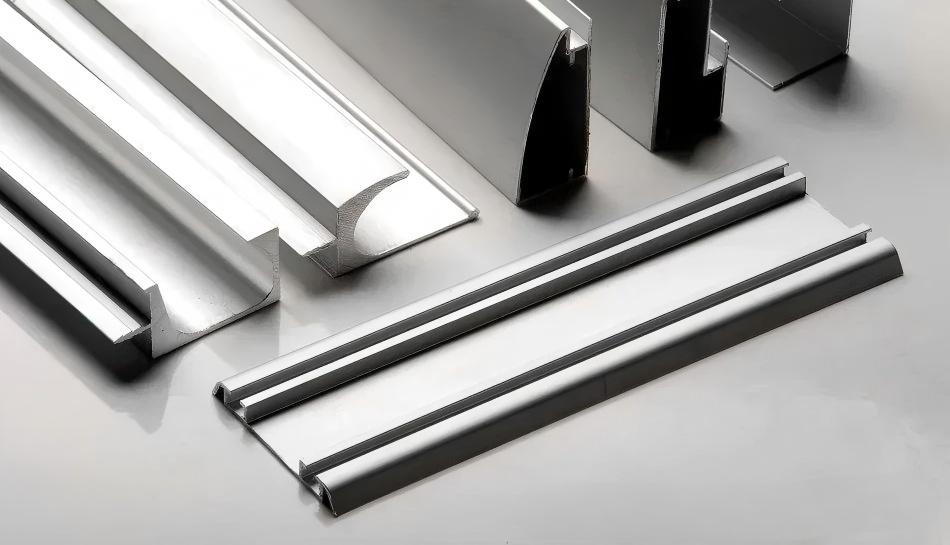
B、Status Code (Temper Designation)
The status code indicates the processing and heat treatment methods applied to the aluminum alloy material, as well as the final mechanical performance achieved. For the same grade, different treatments (statuses) will result in significant differences in properties such as strength, hardness, and plasticity! The common status codes for window and door profiles usually start with the letter “T” (indicating the heat treatment status).
Naming rule: Composed of one or more letters followed by numbers (possibly with additional numbers).
Common status codes and their meanings:
- F (Manufacturing State): Applicable to products that do not have specific requirements for work hardening and heat treatment conditions during the forming process. The mechanical properties of products in this state are not specified. Door and window profiles generally do not use this state.
- O (annealed state): After complete annealing, it reaches the state with the lowest strength. It has good plasticity and is easy to shape. This state is rarely used as the final state in window and door profiles.
- H (Work Hardening State): Suitable for products that are strengthened through work hardening (usually subjected to cold processing after annealing or solution heat treatment). The letter H is followed by two or three digits (such as H14, H18, H32). For door and window profiles, the pure H state is less commonly used; instead, the T state is more frequently employed.
- T(Heat Treatment Produces Stable State): This is the most fundamental and commonly used series of states for door and window profiles! After “T”, one or more numbers must follow (the first digit is the most crucial).
T4 (natural aging after solution treatment)
Process: Heat the alloy to a high temperature (for solution treatment) to allow the strengthening phase to dissolve. Then, quickly cool it to room temperature (for quenching) and leave it at room temperature for a long period of time (for natural aging) Characteristics: Moderate strength, excellent plasticity and toughness, good resistance to stress corrosion, but the strength is usually lower than T5/T6. Application of doors and windows: It is not as commonly used as T5/T6. Sometimes it is applied to components with extremely high toughness requirements or those with particularly complex shapes that are prone to deformation during quenching.
T5 (Artificial aging after cooling in the high-temperature molding process)
Process: After being formed at high temperature in the extruder, it is cooled in the air (equivalent to incomplete quenching), and then undergoes artificial aging (heating the material to a lower temperature and holding it for a period of time to cause the formation of strengthening phases) Features: The strength is relatively high (significantly higher than T4), and the hardness is also high. However, the plasticity and toughness are slightly lower than T4. This is the most commonly used and cost-effective state for door and window profiles! Application of doors and windows: The vast majority of common civilian door and window profiles (6063-T5, 6063A-T5) are produced in this state. It balances strength, production efficiency (eliminating the need for a separate quenching process) and cost.
T6 (after solution treatment and artificial aging)
Process: First, perform complete solution treatment and quenching (which usually requires special quenching equipment, such as water quenching or air mist quenching), and then conduct artificial aging. Features: It can achieve the highest strength and hardness of this grade. However, its plasticity and toughness are slightly lower than those of T5, and its resistance to stress corrosion may also be slightly inferior to that of T5/T4. Application of doors and windows: It is commonly used for door and window profiles with higher requirements for strength and hardness (such as those for high-rise buildings, with high wind pressure resistance requirements, and large spacing), or for stronger grades (such as 6082-T6), and the cost is usually higher than T5.
T66: This is an enhancement requirement for the T6 state. In GB/T 5237.1, for the 6060, 6063, and 6063A grades, the T66 state requires higher mechanical properties (mainly a higher lower limit value for strength), which can be understood as the “enhanced version of T6”.
Other T states: such as T1 (natural aging after high-temperature molding and cooling), T7 (over-aged treatment to enhance dimensional stability or corrosion resistance), T8 (solution treatment + cold processing + aging), etc. These are rarely used in window and door profiles.
Summary of the core meaning of the state code: It tells you how this aluminum alloy has undergone various processing and heat treatment procedures, which determines its final mechanical properties such as strength, hardness, plasticity, and toughness. For the same grade (e.g. 6063), the T5 state and T6 state have significant differences in performance!
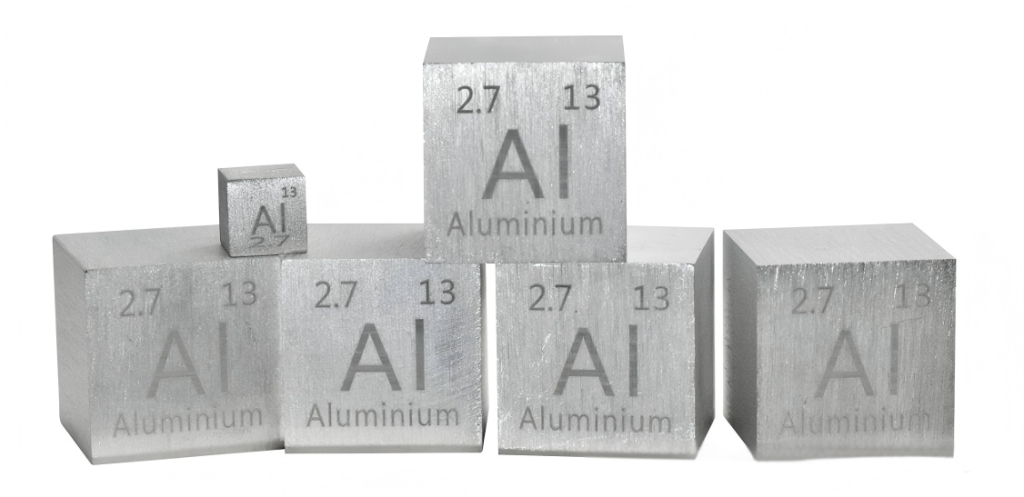
C、The combined meaning of the brand name and the status code
The complete identification of door and window profiles is usually “grade + status code”, for example:
- 6063-T5: This is the most commonly used type of window and door profile, with excellent overall performance and moderate cost.
- 6063A-T5: The improved version of 6063 with the T5 designation, its performance is usually slightly better than that of 6063-T5.
- 6063-T6: Its strength is higher than that of T5 state and is suitable for applications with higher requirements.
- 6063A-T66: Profile material with high strength requirements.
- 6082-T6: High-strength grade + High-strength condition, used for doors and windows or large-scale curtain walls with extremely high wind resistance requirements.
- 6060-T66: Common in European standards, its performance is similar to 6063A-T66.
Key considerations for purchase:
- The grade is the foundation: it determines the basic “genes” of the material (for example, the 6XXX series is suitable for extrusion to make doors and windows)
- The state is crucial: it determines the “ability” (strength level) that this “gene” ultimately exhibits. There is a significant performance difference between
T5andT6.
- It must be viewed in combination: Viewing only the brand or only the condition is incomplete. For instance, the strength of 6061-T6 is much higher than that of 6063-T5.
Understanding the meanings of the material grades and status codes can help you better understand the performance levels of the materials when choosing doors and windows. Based on actual needs (such as wind pressure resistance requirements, usage environment, and budget), you can make more appropriate choices. The Chinese national standard GB/T 5237.1 clearly stipulates the minimum requirements for the mechanical properties (tensile strength, specified non-proportional elongation strength, elongation rate) of the commonly used grades (6060, 6063, 6063A, 6463, 6463A) in different states (T5, T6, T66).
